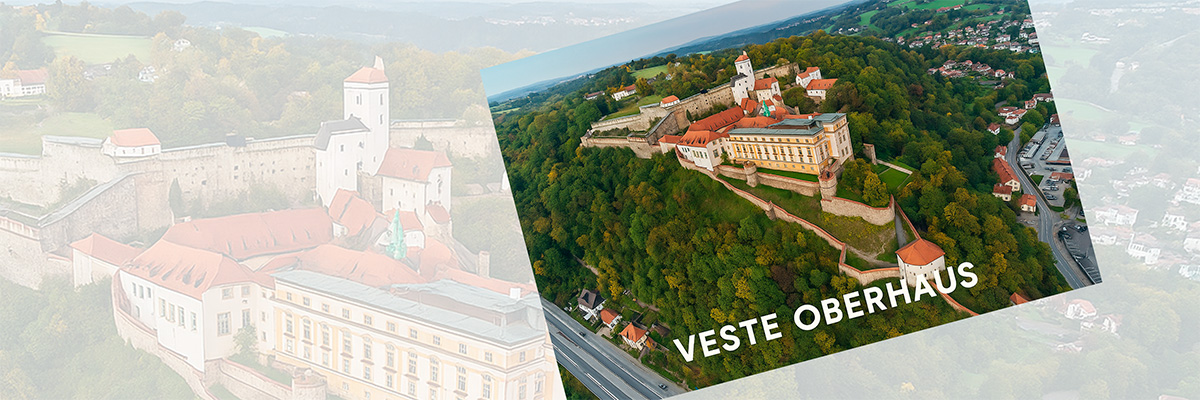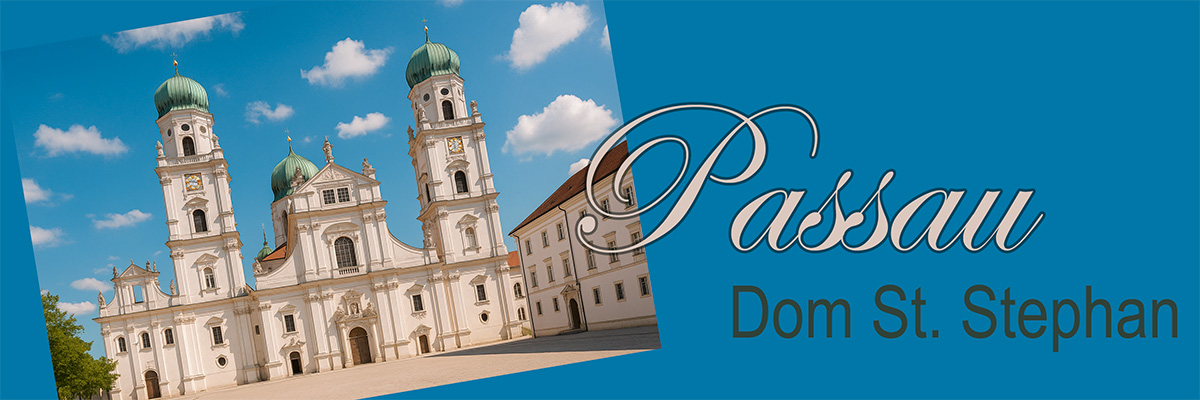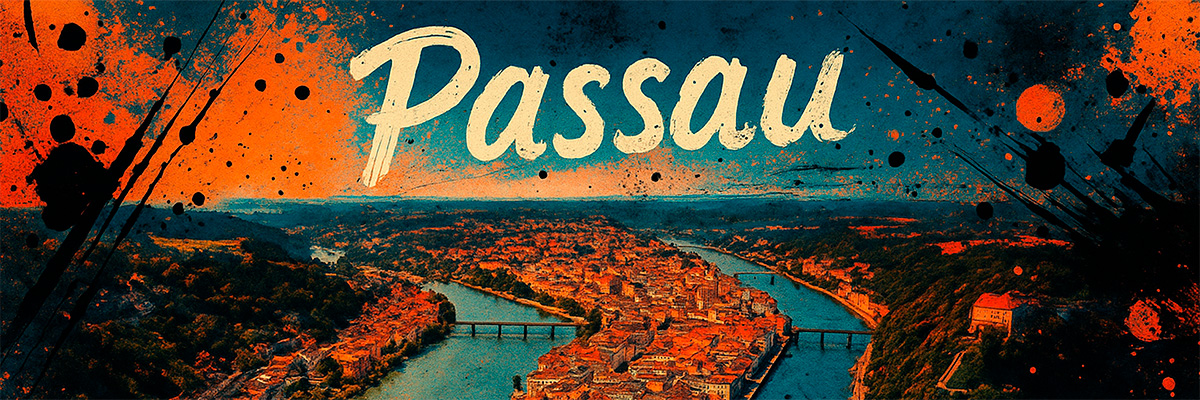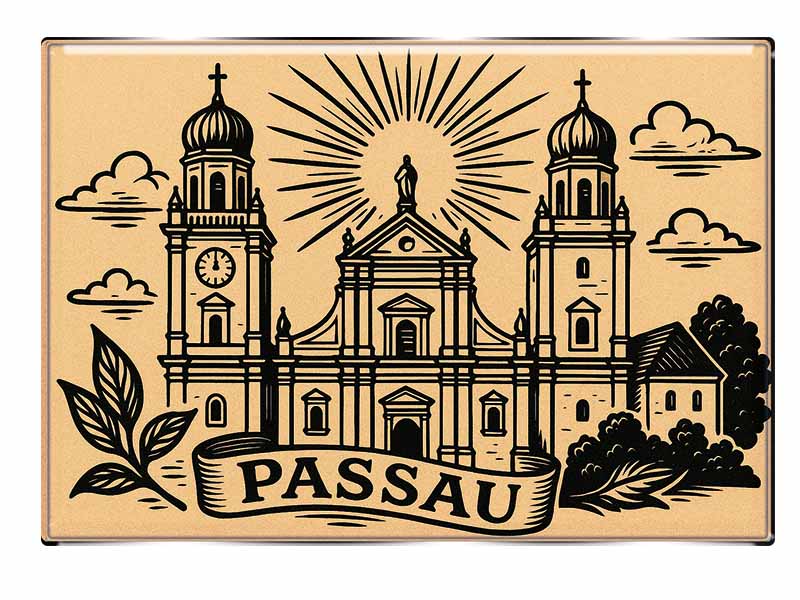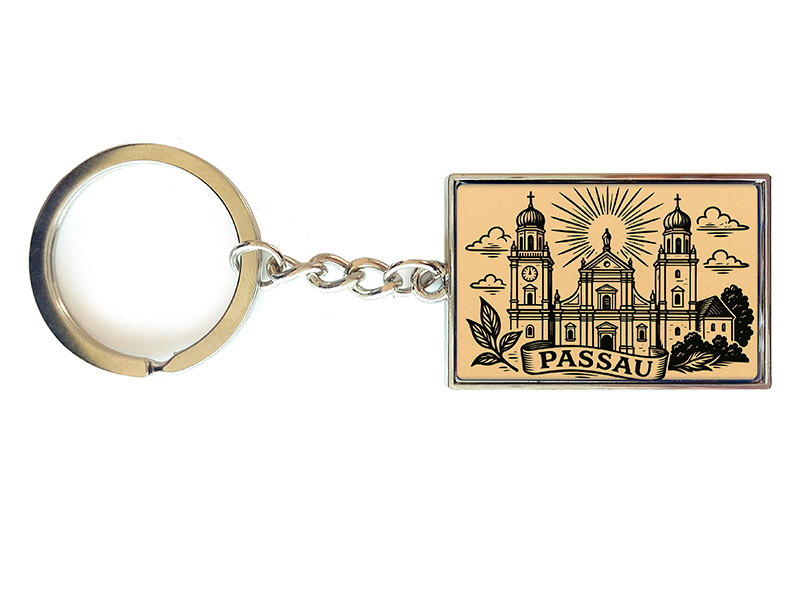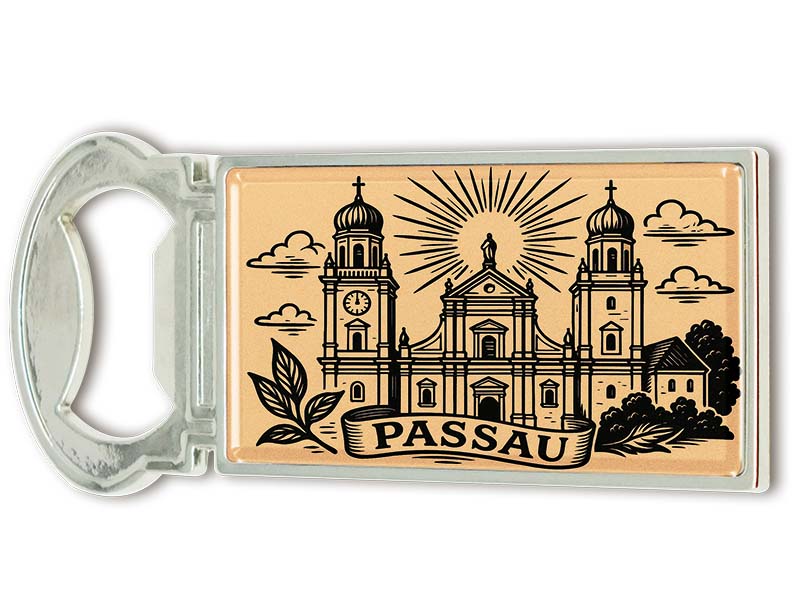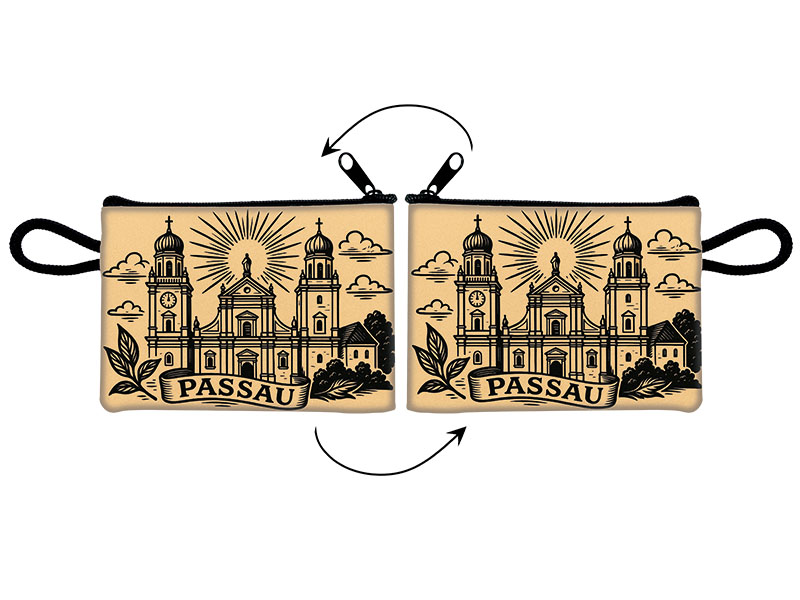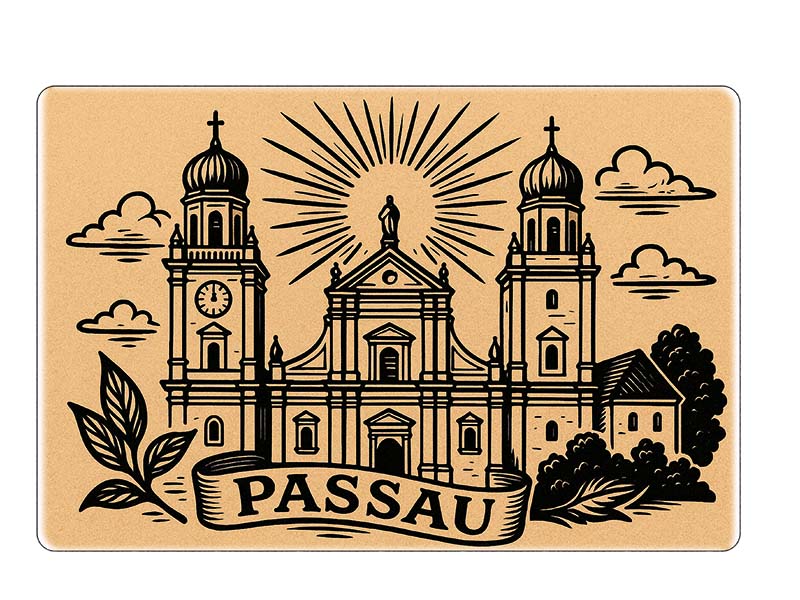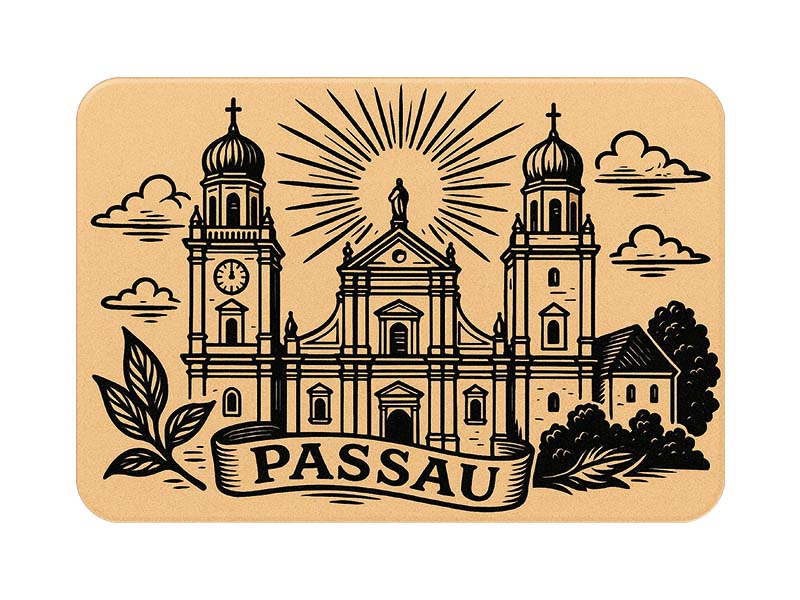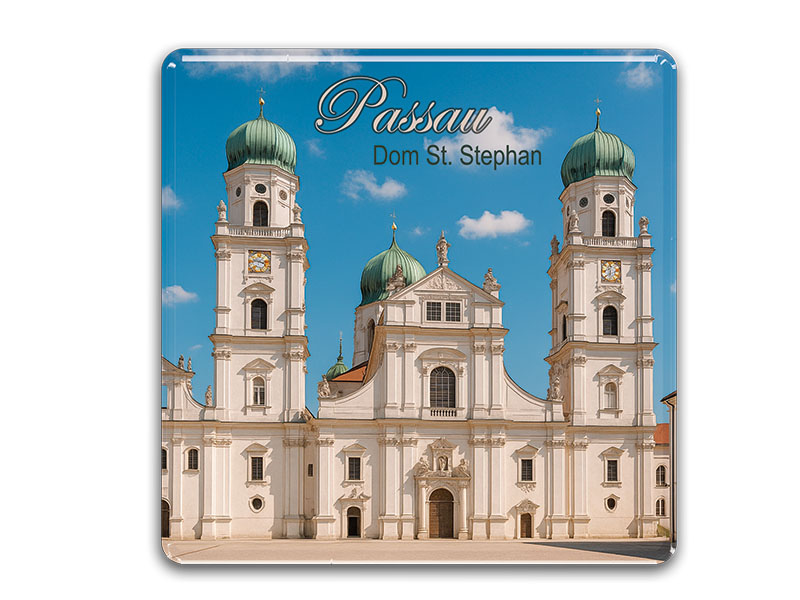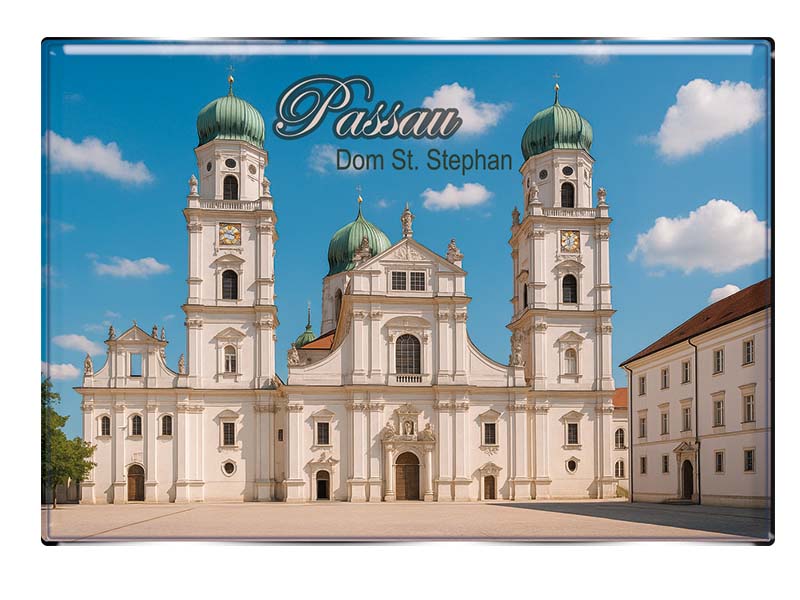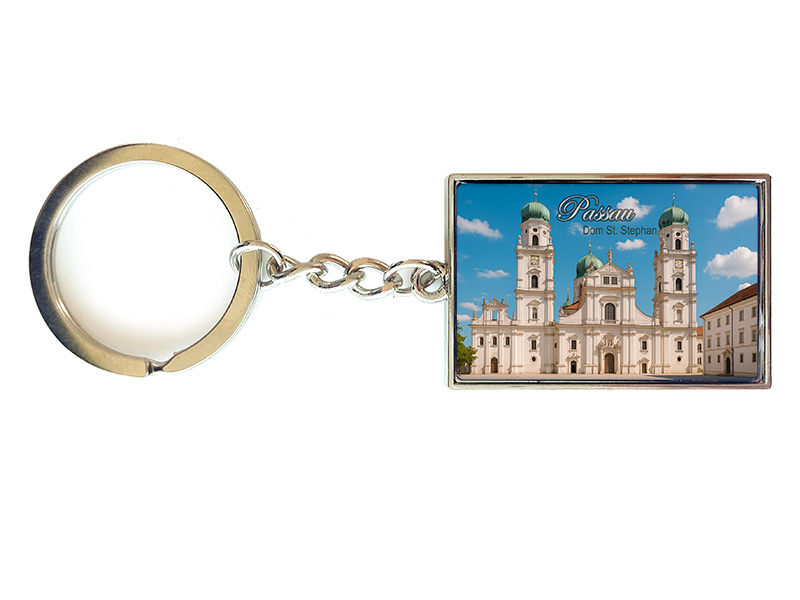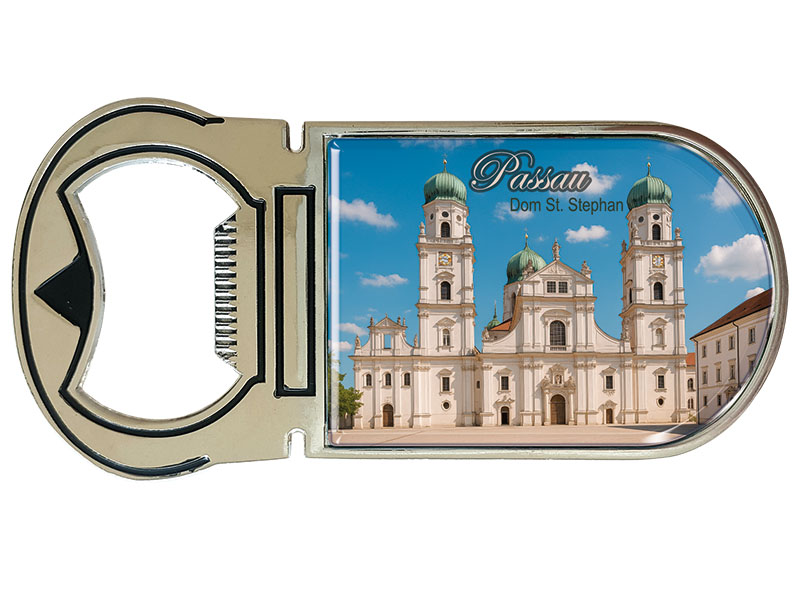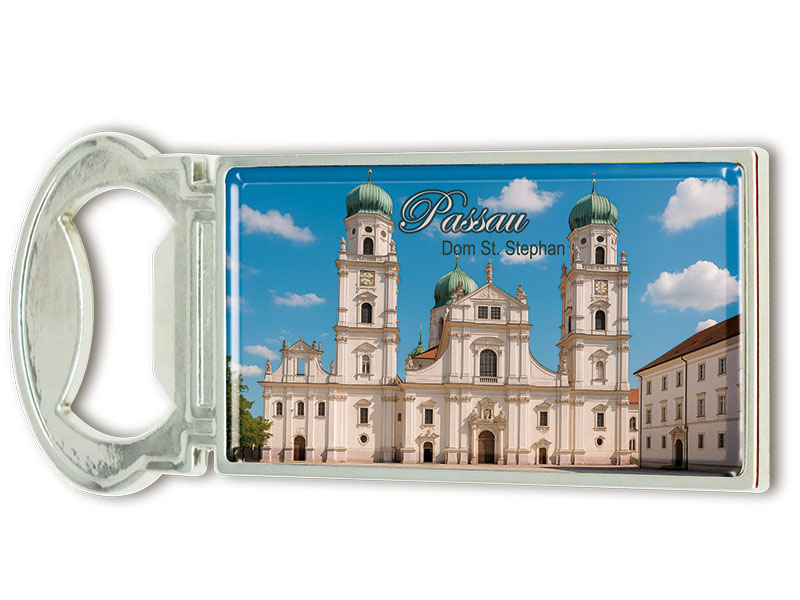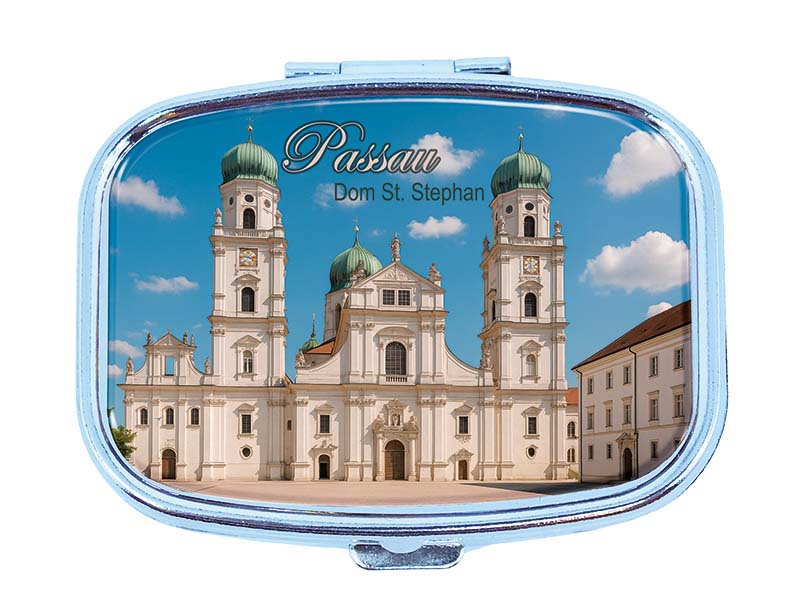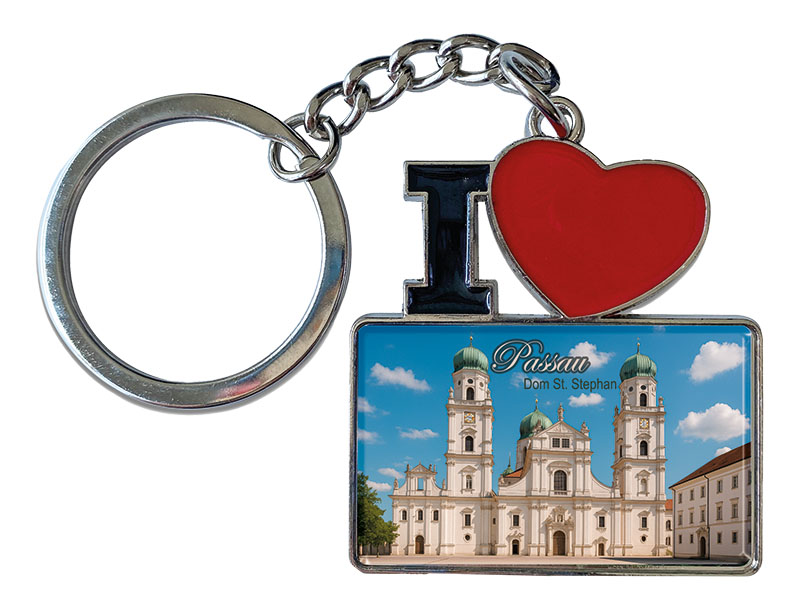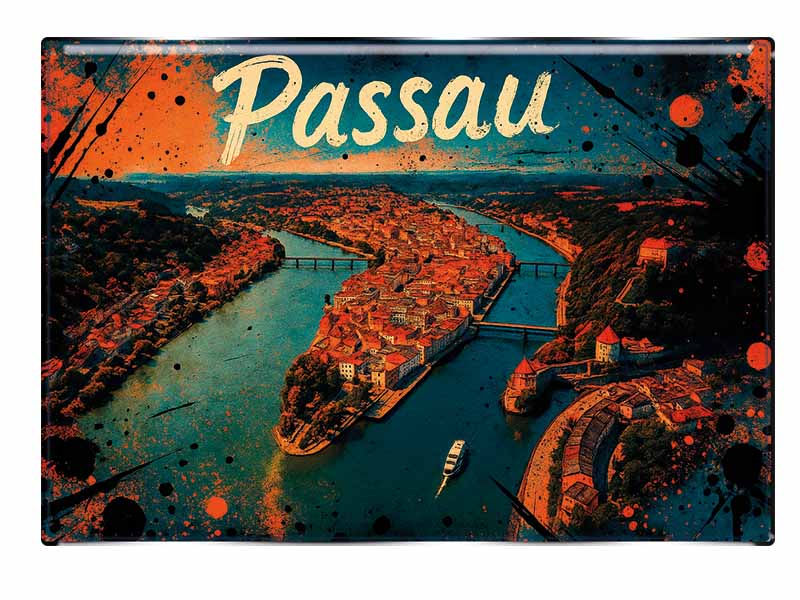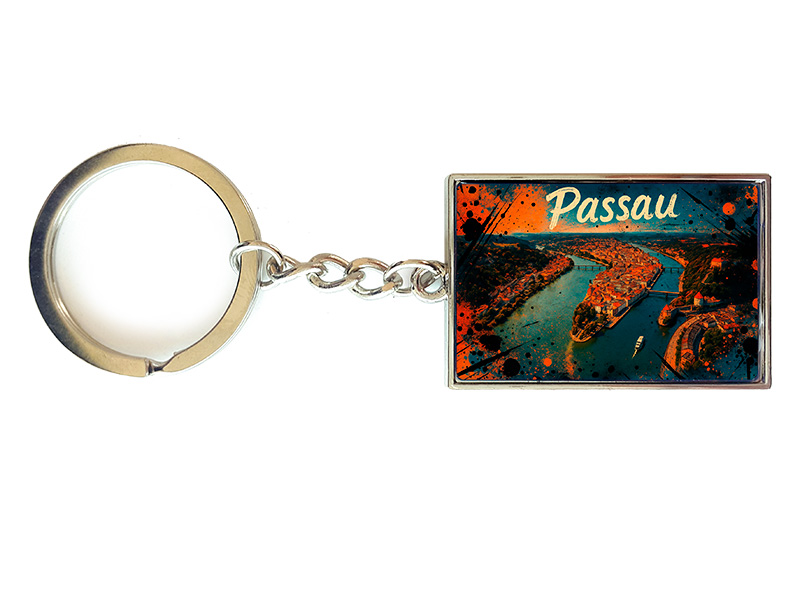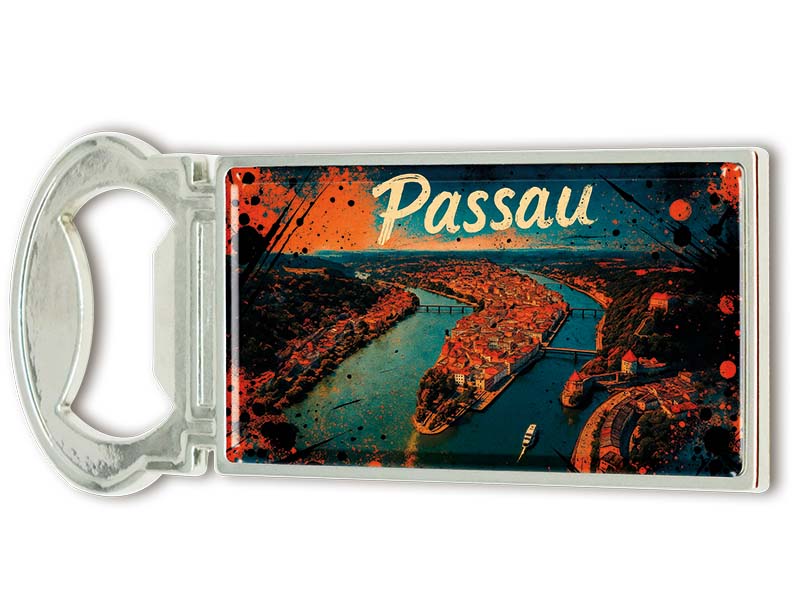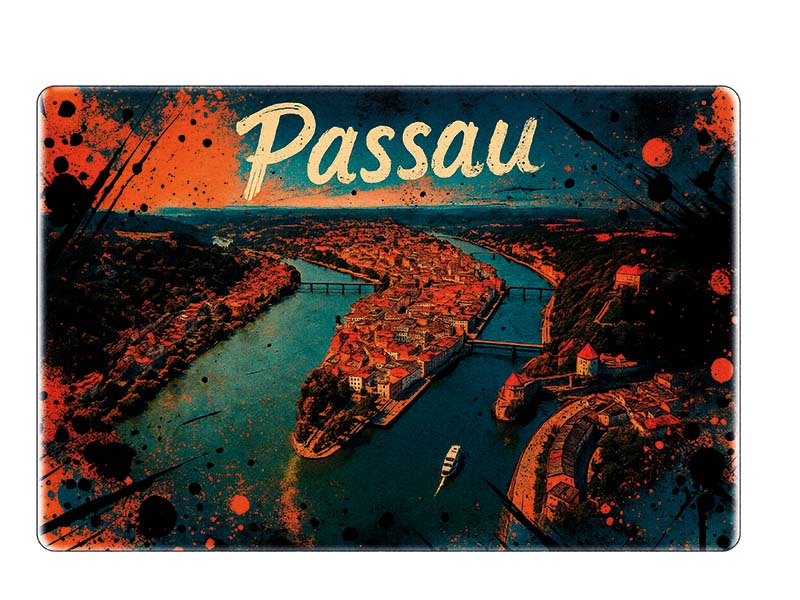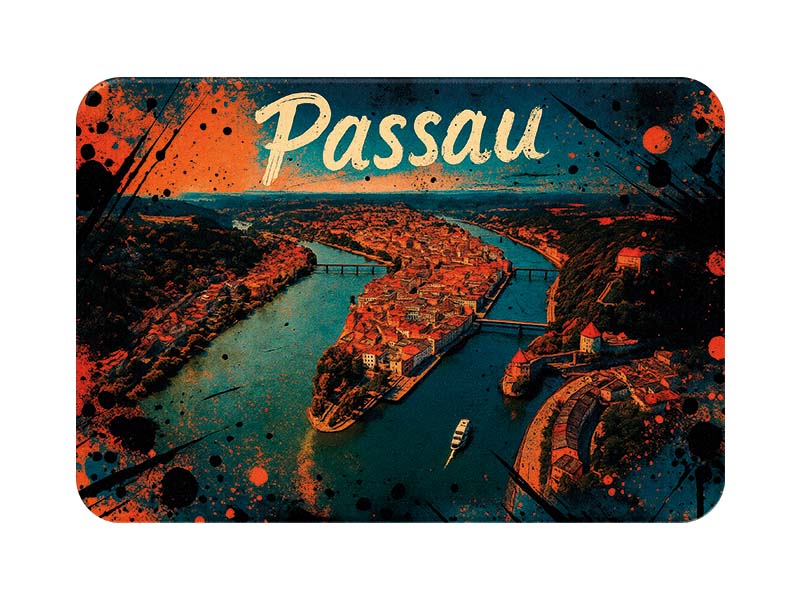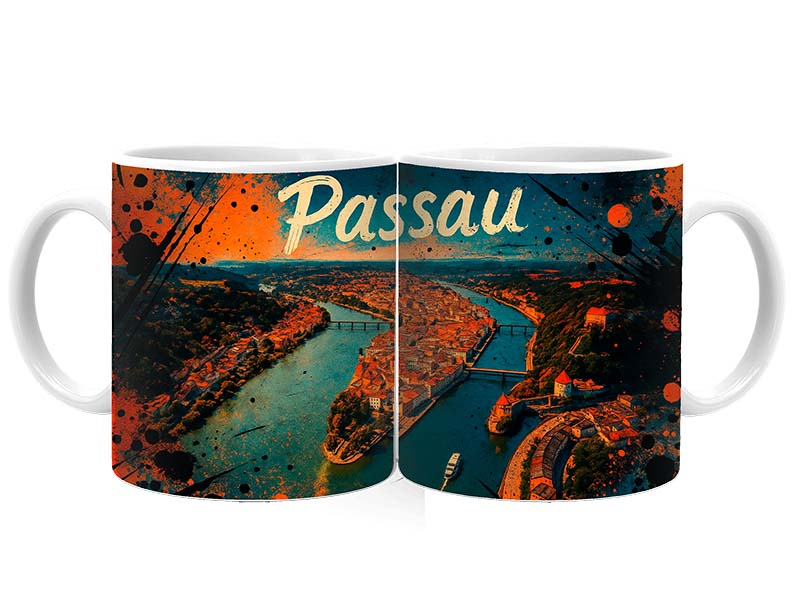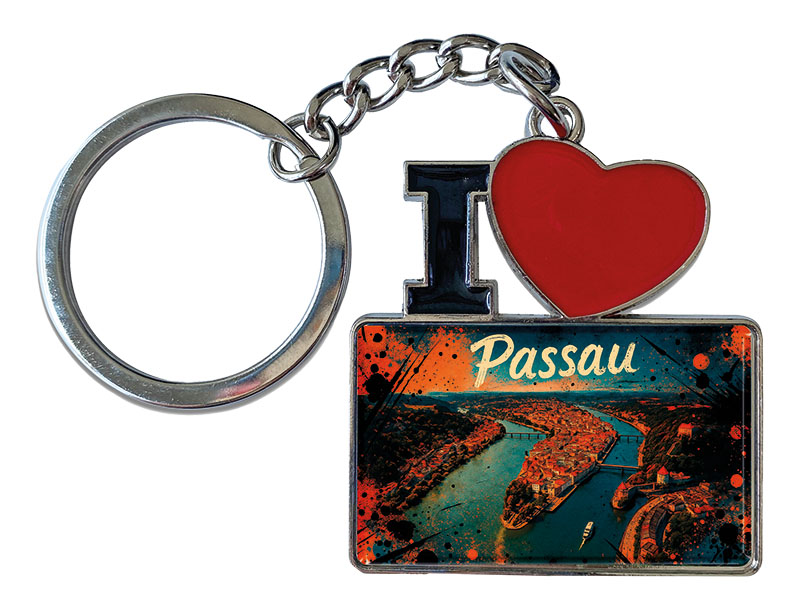- Vehicles
- Figures
- Witches
- Carnival
- Canvas
- Magnets
- Materials
- Maritime
- Hats
- New products
- Personalize
- Plush
- Dolls
- Collectible figures
- Keychain
- Special production
- %Special offers%
- Money boxes
-
Cities - Regions
- Bad Säckingen
- Bamberg
- Bayerischer Wald
- Berchtesgaden
- Berlin
- Bodensee
- Bremen
- Brocken
- Chiemsee
- Cochem
- Dinkelsbühl
- Dresden
- Eibsee
- Frankfurt
- Freiburg
- Gardasee
- Garmisch-Partenkirchen
- Hamburg
- Harz
- Heidelberg
- Helgoland
- Insel Mainau
- Kleinwalsertal
- Koblenz
- Köln
- Königssee
- Leipzig
- Lübeck
- Mecklenburgische Seenplatte
- München
- Nürnberg
- Oberammergau
-
Passau
- Potsdam
- Quedlinburg
- Regensburg
- Rothenburg
- Rügen
- Schwarzwald
- Stuttgart
- Sylt
- Titisee
- Traunsee
- Triberg
- Ulm
- Wernigerode
- Bags/Backpacks
- Textile
- Animal
- Subjects
More information? sign in.
More information? sign in.
More information? sign in.
More information? sign in.
More information? sign in.
More information? sign in.
More information? sign in.
More information? sign in.
More information? sign in.
Passau – The City of Three Rivers on the Border of Austria
Passau, often referred to as the “City of Three Rivers,” is located in southeastern Bavaria, right at the border with Austria. The city is uniquely situated where the Danube, Inn, and Ilz rivers meet, creating a spectacular natural phenomenon and giving Passau its distinctive character. With its charming baroque old town, the majestic St. Stephen's Cathedral, and the impressive Veste Oberhaus fortress, Passau is considered one of Germany’s most picturesque cities. It blends medieval heritage with a Mediterranean flair, attracting visitors from all over the world each year.
History and Origins
The roots of Passau stretch far back into pre-Roman times. Celtic tribes originally settled in the area before the Romans arrived in the 1st century AD. They established a military post called Batavis, which later developed into an important Roman frontier town guarding the northern border of the Roman Empire along the Danube.
In the early Middle Ages, Passau became a significant religious center. It was made a bishopric in the 8th century and elevated to a prince-bishopric in the 10th century. The bishops of Passau held both spiritual and secular power, ruling over vast territories. During the Middle Ages, the city flourished as a trade hub, especially for salt, which was transported via the Inn River from Tyrol.
A major fire in 1662 destroyed large parts of the city, but this tragedy led to a magnificent rebuilding in the baroque style, heavily influenced by Italian architects. This period gave Passau the architectural elegance it is known for today.
In 1803, as part of the secularization of church lands, Passau lost its status as an independent ecclesiastical principality and became part of Bavaria. Throughout the 19th and 20th centuries, Passau developed into a regional administrative, economic, and cultural center.
Population and Modern Significance
Today, Passau is home to around 53,000 inhabitants (as of 2025). It is a vibrant and youthful city, largely due to the University of Passau, founded in 1978. The university hosts approximately 11,000 students, making it a key driver of innovation and energy in the city. It is especially known for its law, economics, and computer science programs and enjoys a strong international reputation.
Passau serves as the administrative center of Lower Bavaria and plays a crucial role in the region’s economy. River cruising and tourism are major industries, supported by excellent transport connections and a lively cultural life.
Geographic Location and Federal State
Passau is located in the southeastern corner of the federal state of Bavaria, in the region of Lower Bavaria, directly on the Austrian border. It is uniquely positioned at the confluence of three rivers: the Danube, flowing from the west; the Inn, flowing from the south with its green waters; and the Ilz, a dark mountain stream descending from the Bavarian Forest.
The historic old town is situated on a narrow peninsula between the Danube and Inn, creating a stunning natural backdrop. Due to this location, Passau has historically been prone to flooding, but modern flood protection measures have greatly mitigated the risk.
Main Attractions and Sights
Passau boasts a wide variety of attractions that captivate both domestic and international tourists:
-
St. Stephen’s Cathedral (Stephansdom)
This stunning baroque cathedral sits at the heart of the city and is home to the world’s largest cathedral organ, with 17,974 pipes. The church’s white interior and intricate stucco work are remarkable. -
Veste Oberhaus
This fortress complex, built in 1219, towers over the city on the northern bank of the Danube. It offers panoramic views of Passau and the river confluence. The site includes a museum, a youth hostel, and a restaurant. -
Three Rivers Confluence (Dreiflüsseeck)
Here, the Danube, Inn, and Ilz meet in a unique visual spectacle. The color differences of the rivers—blue, green, and black—are clearly visible and fascinating to observe. -
Old Town (Altstadt)
The baroque-style old town is full of narrow alleys, quaint squares, and Italian-influenced architecture. The Town Hall with its ornate tower, the Residenzplatz, and several historic palaces showcase the city's rich heritage. -
Glass Museum (Glasmuseum Passau)
Housing the world’s largest collection of Bohemian glass, the museum features more than 30,000 pieces from the 18th to the 20th centuries, making it a must-see for art lovers.
Tourism
Passau is a major tourist destination, welcoming between 700,000 and 800,000 visitors annually. A large portion of these guests arrive via Danube river cruises, which often begin or end in Passau on routes to Vienna, Budapest, and the Black Sea.
Cycling tourism is also booming, with the Danube Cycle Path (Donauradweg) starting in Passau and leading all the way to Vienna and beyond. The city is also a popular stop for day-trippers from Austria, the Czech Republic, and the wider Bavarian region.
The combination of riverfront charm, cultural richness, and vibrant student life makes Passau a highly attractive destination for tourists of all ages.
Famous People
Passau is the birthplace or residence of several notable individuals:
-
Emerenz Meier (1874–1928) – A writer and poet who documented rural life in Lower Bavaria.
-
Fritz Schäffer (1888–1967) – A key figure in post-war German politics, serving as Bavarian Minister President and Federal Finance Minister.
-
Anja Plaschg (Soap&Skin) – The Austrian avant-garde musician studied in Passau and was inspired by the city’s atmosphere.
-
Sebastian Kurz, former Austrian Chancellor, has family connections to Passau, although he was not born there.
-
Carl Orff, the composer of Carmina Burana, had familial ties to the Passau area.
Typical Foods and Drinks
Passau’s cuisine reflects its borderland location and blends Bavarian, Austrian, and Bohemian culinary traditions:
-
Roast Pork with Dumplings and Sauerkraut
A Bavarian classic often served in traditional inns. -
Bavarian Sausage Salad (Wurstsalat)
Made with sliced sausage, onions, vinegar, and pickles – a perfect snack. -
Innviertler Dumplings (Knödel)
A hearty Austrian dish popular in the region, often stuffed with meat or mushrooms. -
Trout “Müllerin Art”
Locally sourced trout, pan-fried with lemon and parsley. -
Beer
Passau boasts several local breweries such as Löwenbrauerei Passau and Innbräu. Dark wheat beer and seasonal bock beers are especially popular. -
Passauer Weißbierbowle
A summer drink made with wheat beer, citrus fruits, and fresh mint – refreshing and uniquely local.
Typical Souvenirs
Passau offers a wide selection of souvenirs that capture the essence of the city:
-
Glass Art
Thanks to the nearby Bavarian Forest and the city’s Glass Museum, beautifully crafted glassware is a top choice. -
Cathedral Organ CDs
Music lovers often take home recordings of performances on the world-famous cathedral organ. -
Local Beers and Schnapps
Many visitors buy bottled beers or distilled spirits from local producers as gifts or keepsakes. -
Traditional Bavarian Accessories
Items such as mini lederhosen keychains, dirndl scarves, or Tyrolean hats are widely available. -
Passau-themed Gifts
Mugs, magnets, and posters featuring the Three Rivers Confluence, the cathedral, or the old town are classic mementos.
Conclusion
Passau is a city where history, culture, and natural beauty blend seamlessly. Whether strolling through the baroque old town, admiring the confluence of three rivers, or enjoying a boat cruise along the Danube, visitors are constantly treated to new impressions and unforgettable moments. With its strong academic presence, international connections, and a warm local identity, Passau is more than a destination – it’s a place to fall in love with.

